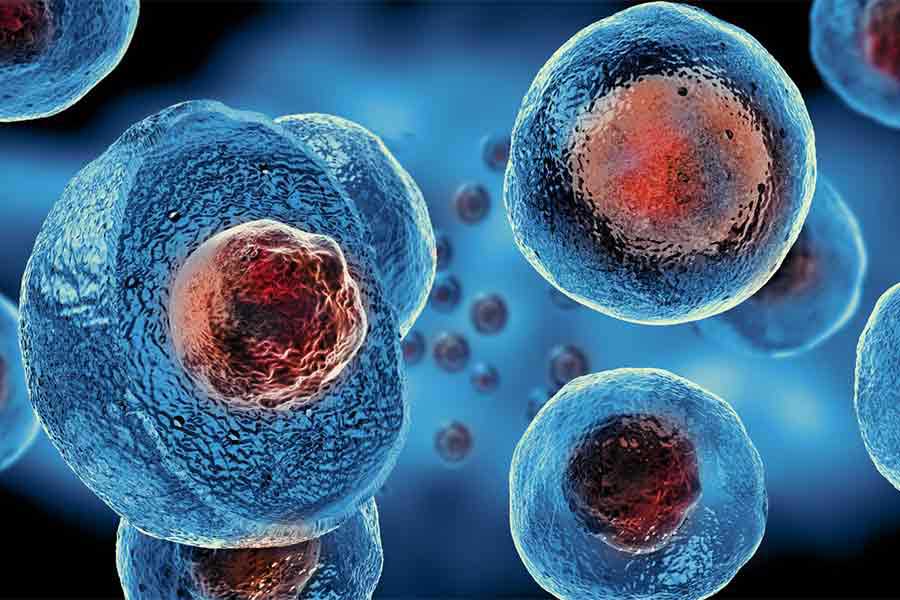I have been treating patients and training physicians to use Platelet Rich Plasma (PRP) since 2010 and have used nearly all the PRP systems sold in the US today. I am thrilled to know that there is a recent Call for Standards by clinicians and scientists. This “Call for Standards” is a result of the confusion in the marketplace. The fact is, not all PRP is equal in effectively recruiting mesenchymal stem cells, initiating angiogenesis or creating the maximum regenerative potential. Many of the devices being used today to satisfy consumer demands do not meet the scientific definition of “Platelet Rich Plasma” and do not provide a consistent, robust enough PRP to accomplish the best patient outcomes.
My commitment to you and to my patients is to stay well informed as the science advances and provide “best practice” information regarding the best PRP cellular components and concentrations. PRP Science will move with this science to offer the equipment necessary to meet the standards.
Cellular Components of PRP: Red Blood Cells Not Often Desirable in PRP
Red blood cells add to the PRP viscosity, which increases injection difficulty and reduces injection site tissue saturation, and tends to significantly increase post-injection flare. Physicians can improve the application experience for themselves and their patients by using smaller gauge needles. Red blood cells in PRP have also been attributed to increased pain and inflammation at the injection site after application.
Neutrophils: Not Always Desirable in PRP
Neutrophils are the most abundant leukocyte and one of the first-responders to migrate towards a site of injury or infection (chemotaxis). They are also the hallmark of acute inflammation. The primary function of the neutrophil is to engulf and destroy foreign material through phagocytosis. Under normal circumstances, neutrophils are short-lived (1-2 days), and are cleared by tissue macrophages.
In conditions where the neutrophils cannot be cleared, for a lack of macrophages, they undergo a process called necrosis, resulting in the release of all of the intracellular contents. This causes the amplification and prolonging of the inflammatory response. This prolonged amplified inflammatory response potential is a concern. A PRP containing Neutrophils may be helpful if used in a surgical application where fighting and preventing infection is a focus. However, a high Monocyte concentration without pro-inflammatory Neutrophils has significant cytokine activity and antimicrobial performance.
Monocytes: Always Desirable in PRP
Monocytes are non-inflammatory white blood cells that are the precursor to macrophages. Macrophages are important cells of the immune system, formed to fight infection or engulf accumulating damaged or dead cells. They are the largest-sized lymphocyte and are the longest lasting.
Deliverable Platelet Numbers
Deliverable platelets are the actual volume of viable platelets contained in a PRP sample. A high volume of deliverable platelets enhances the volumetric activity of platelet growth factors and cytokines in active tissue repair. Platelet alpha granules contain various platelet growth factors that promote tissue repair along with platelet cytokines that provide the chemical stimulus needed to attract and direct reparative cells to injured tissue.
- Optimal Concentration of Platelets for the best migration of Mesenchymal (hMSC) stem cells to the treatment area is between 5-10 times baseline concentration (1.25 x 106/μL.to 2.5 x 106/μL when baseline platelet count is 250 x 103/μL). (Haynesworth et al, 2002 48th annual meeting of the orthopedic research society)
- Optimal Concentration of Platelets for Angiogenesis is 1.5 x 106/μL. (Giusti, E, et al, Identification of an Optimal Concentration of Platelet Gel for Promoting Angiogenesis in Human Endothelial Cells, Transfusion, 2009; 49:771-778)
- Rughetti has found that platelet count higher than 2 x 106/μL shows reversion of regenerative process. (The angiogenic effects of platelet gel: Blood Transfusion 2008; 6: 12-17 DOI 10.2450/2008.0026-07)
Thus according to the current scientific literature, the ‘sweet spot’ for platelet concentration to provide optimal stem cell migration, angiogenesis and tissue regeneration is 6-7 times baseline (1.5 x 106/μL.to 2.1 x 106/μL when patient baseline platelet count is 250 x 103/μL).
Summary
The best PRP for effectiveness of the P-Shot, O-Shot and other sexual medicine techniques is one that is six times baseline concentration of platelets with deliverable platelet counts of 1.5 x 106/μL, very few RBC, very few Granulocytes and a high monocyte count. This is the PRP I choose for my patients. Do yourself a favor and don’t pay for anything less than the “best PRP.”
A Call for a Standard Classification System for Future Biologic Research. (Kenneth Mautner, MD, Gerard A. Malanga, MD, Jay Smith, MD, Brian Shiple, DO, Victor Ibrahim, MD, Steven Sampson, DO, Jay E. Bowen, DO) 2015 by the American Academy of Physical Medicine and Rehabilitation http://dx.doi.org/ 10.1016/ j .pmrj .2015.02.005

